The Bank of Canada has announced a reduction in its target for the overnight rate to 3%, with the Bank Rate set at 3.25% and the deposit rate at 2.95%. Additionally, the Bank has outlined its plan to finalize the normalization of its balance sheet by ending quantitative tightening. Asset purchases will resume in early March, with a gradual approach to ensure the balance sheet stabilizes before experiencing modest growth in line with economic expansion.
The January Monetary Policy Report (MPR) highlights an increased level of uncertainty in its projections due to the rapidly shifting policy landscape, particularly regarding potential trade tariffs from the new U.S. administration. Because the extent and duration of a possible trade conflict remain uncertain, the report presents a baseline forecast that assumes no new tariffs.
According to the MPR, the global economy is projected to maintain growth at approximately 3% over the next two years. U.S. economic growth has been revised upward, primarily due to stronger consumer spending. In contrast, growth in the eurozone is expected to remain sluggish due to competitiveness challenges. In China, recent policy measures are supporting short-term demand and economic expansion, though structural challenges persist.
Since October, financial conditions have diverged internationally. U.S. bond yields have risen, driven by solid economic growth and persistent inflation. Meanwhile, Canadian bond yields have declined slightly. The Canadian dollar has weakened significantly against the U.S. dollar, largely due to trade uncertainty and overall strength in the U.S. currency. Oil prices have been volatile, rising by about $5 above the levels anticipated in the October MPR.
In Canada, previous interest rate cuts have already started stimulating the economy, and the momentum in consumption and housing activity is expected to continue. However, business investment remains weak, while exports are benefiting from expanded oil and gas export capacity.
The labour market remains soft, with the unemployment rate at 6.7% as of December. While job growth has improved in recent months, it had previously lagged behind labour force expansion for over a year. Wage pressures, which had been persistently high, are now showing early signs of easing.
The Bank anticipates that GDP growth will strengthen in 2025. However, given reduced immigration targets, both actual GDP growth and potential growth are expected to be more moderate than previous forecasts in October. Following an anticipated GDP growth rate of 1.3% in 2024, the Bank now projects GDP growth of 1.8% in both 2025 and 2026—a rate that slightly exceeds potential growth. Consequently, excess supply in the economy is projected to diminish gradually over time.
Inflation remains close to 2%, though fluctuations are occurring due to the temporary suspension of the GST/HST on certain consumer goods. While shelter price inflation remains high, it is gradually declining as anticipated. Various economic indicators, including inflation expectation surveys and price change trends within the CPI, suggest that underlying inflation is stabilizing around 2%. The Bank projects that CPI inflation will remain near its 2% target over the next two years.
Excluding potential U.S. trade tariffs, the economic outlook maintains a relatively balanced level of risks. However, the MPR warns that a prolonged trade dispute could result in lower GDP growth and higher consumer prices in Canada.
Given inflation stabilizing around 2% and an economy operating with excess supply, the Governing Council has decided to cut the policy rate by another 25 basis points to 3%. Since last June, the cumulative rate cuts have been significant. Lower interest rates are already stimulating household spending, and based on today's projections, the economy is expected to gradually strengthen while inflation remains stable. However, if significant trade tariffs were to be implemented, Canada's economic resilience would be put to the test.
The Bank will closely monitor economic developments and assess their impact on inflation and monetary policy. It remains dedicated to maintaining price stability for Canadians.
With the Bank of Canada lowering its policy rate to 3%, now is the time to assess your real estate plans. Whether you're buying, selling, or refinancing, lower rates could open new opportunities. Let’s discuss how this impacts your goals—contact us today!
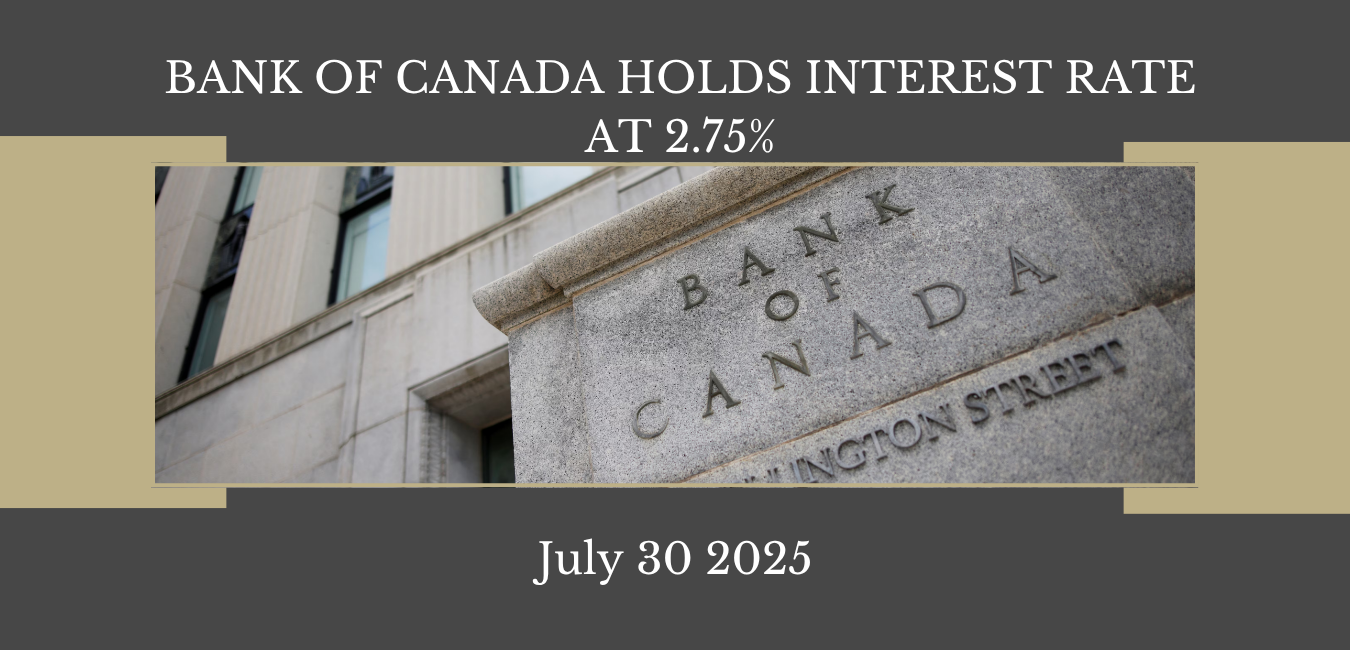
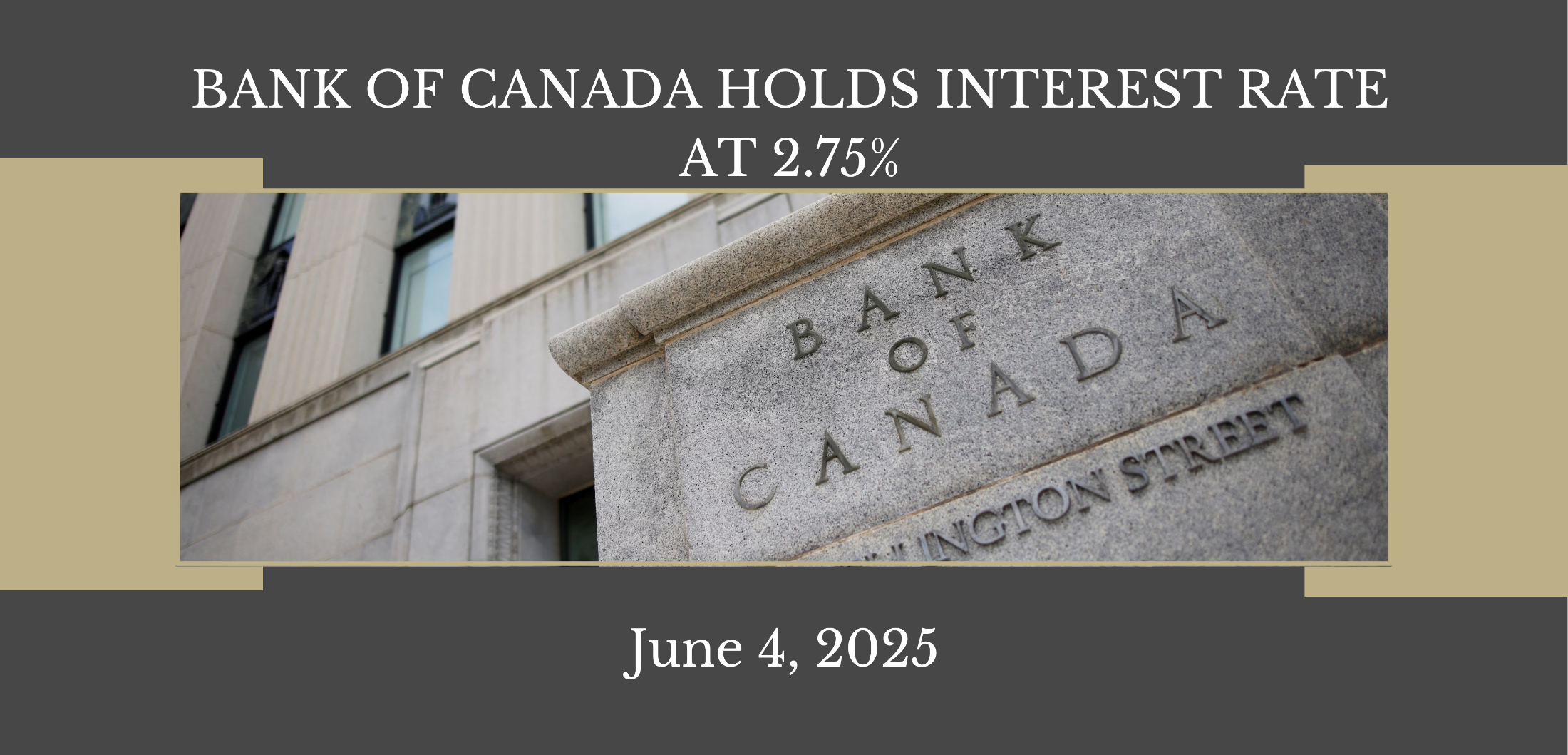


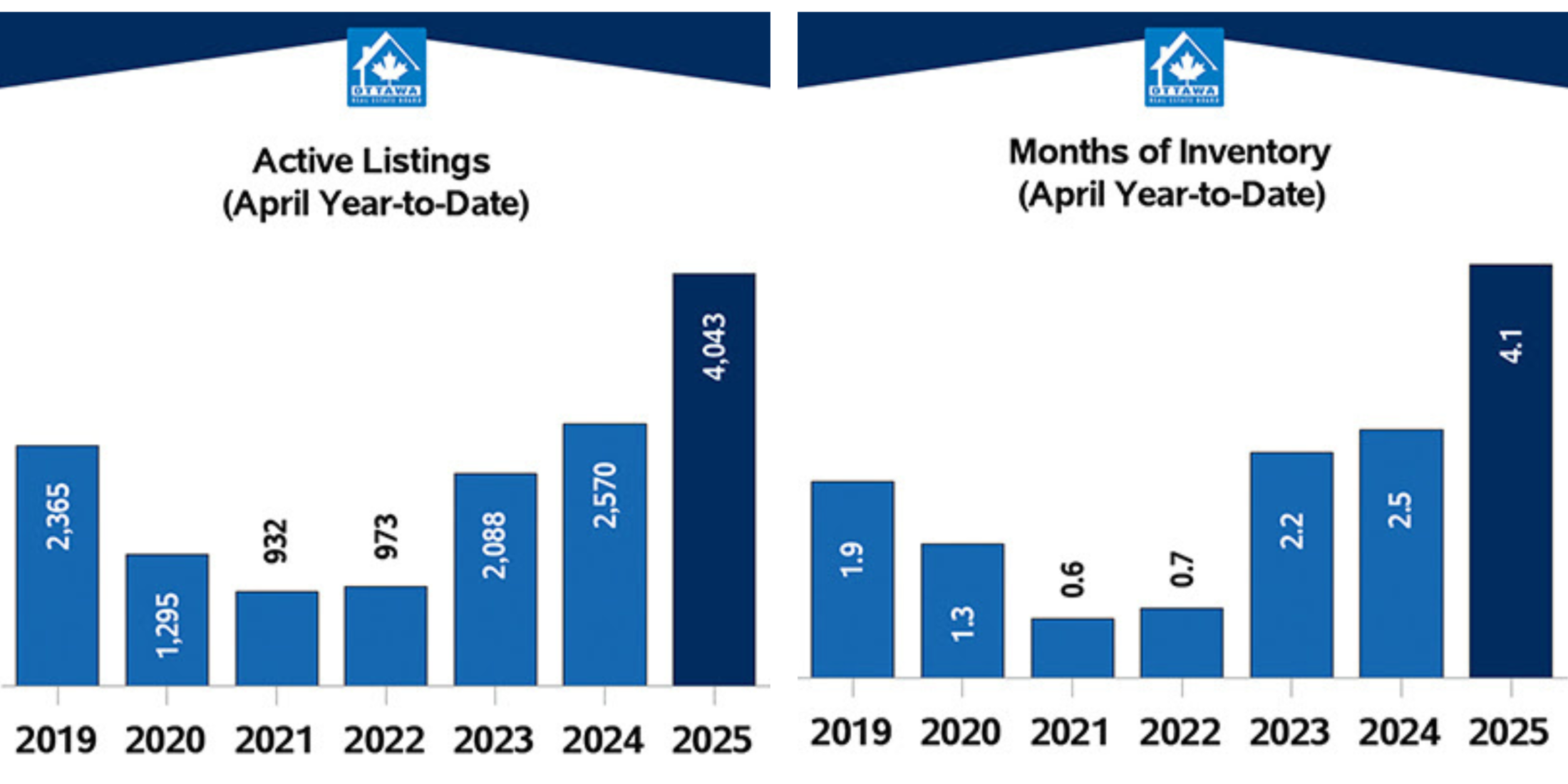
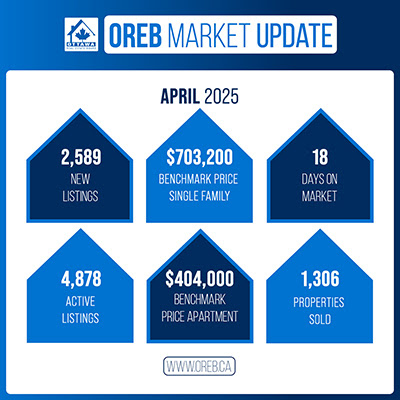
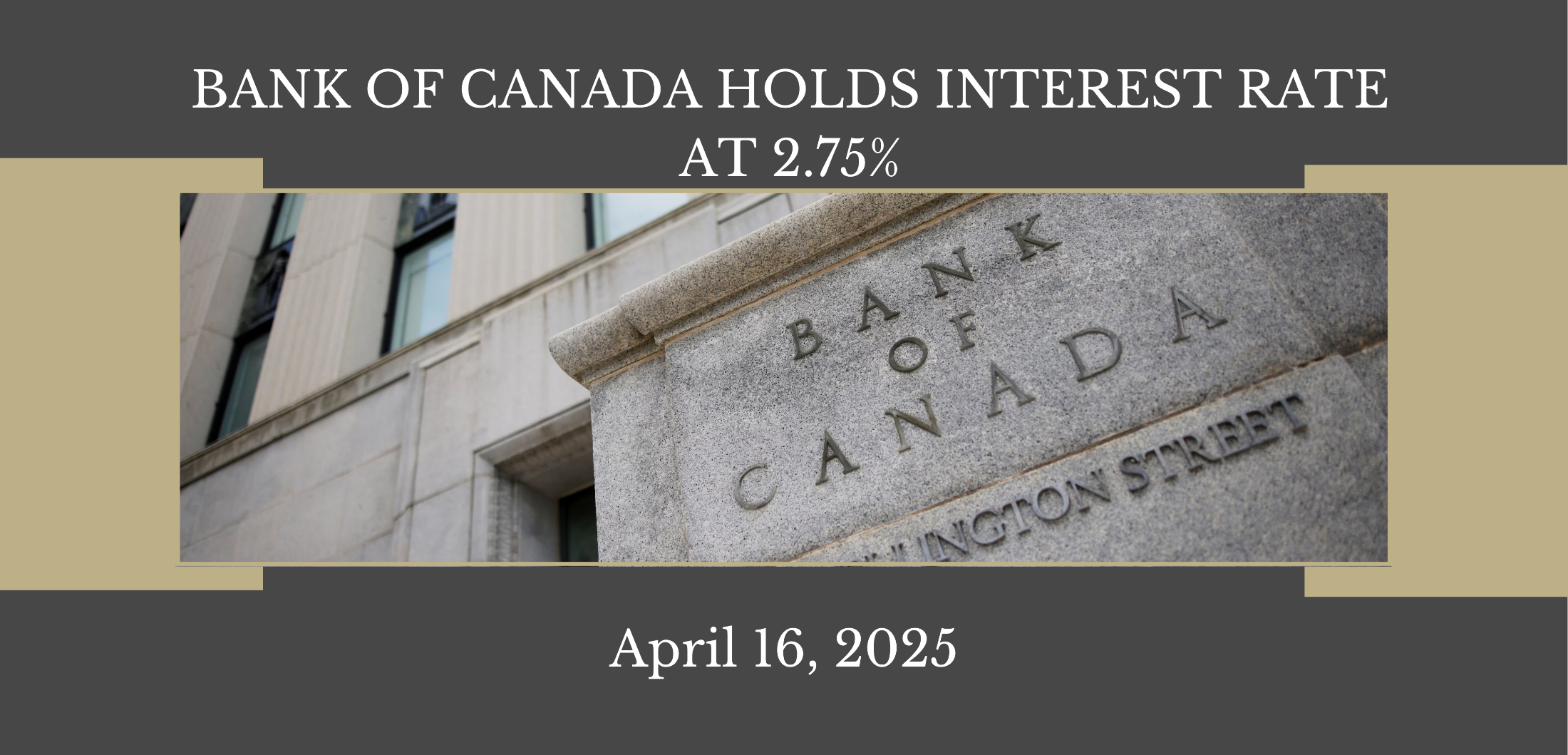





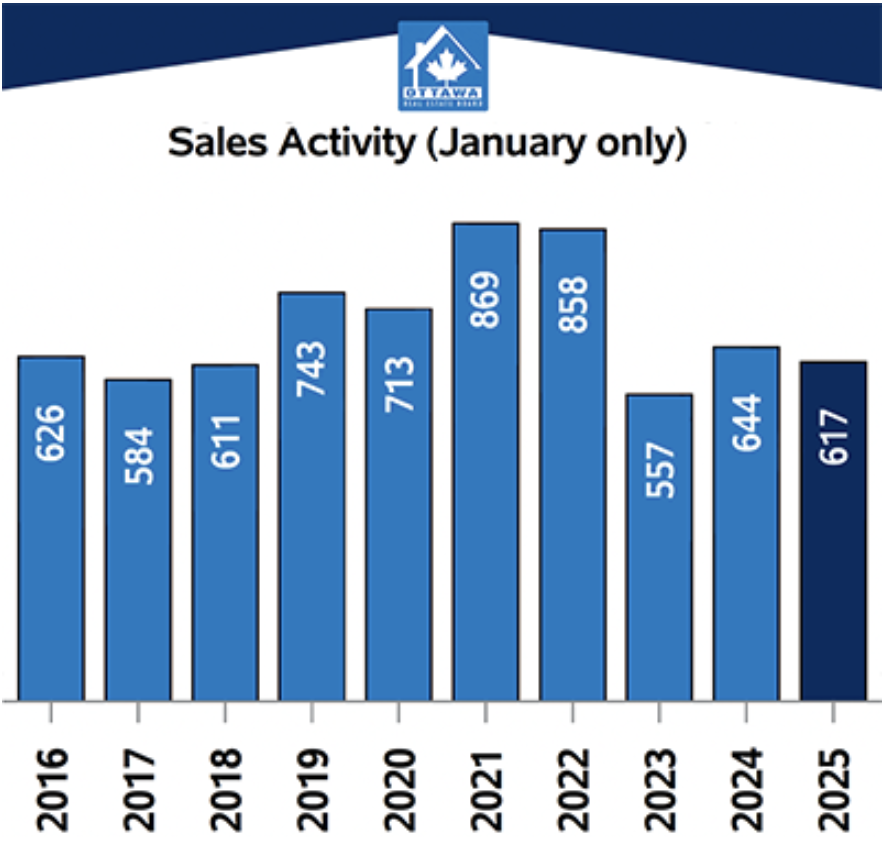











.png)
